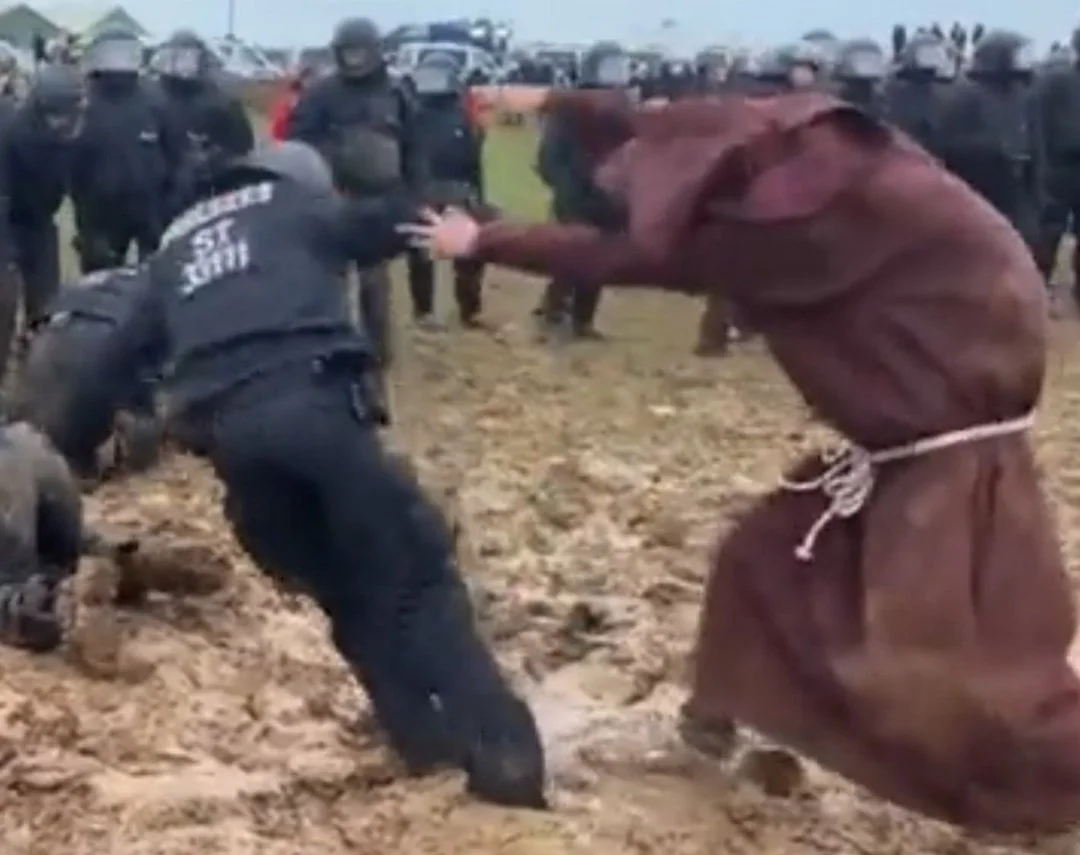On a Tuesday afternoon in May, earth system scientist Thomas Gill was tracking yet more dust rolling through this border city. El Paso has experienced 10 dust storms this year, trailing only the Dust Bowl years of 1935 and 1936. The average is 1.8 storms per year, according to Gill.
There have been dust events on 34 days this year in the border city, the highest total since 1970-71. Gill has been fielding calls from reporters around the country as dust blows from West Texas as far as Des Moines.
The combination of a windier than average spring and extreme drought in the U.S. Southwest and Northern Mexico have created exceptionally dusty conditions. High winds lift loose, dry soil and sand, creating dust clouds that travel long distances. Much of the dust blowing into El Paso comes from Southern New Mexico and Chihuahua, including from dried lakes known as playas. With little rain in the forecast, the dust conditions show no sign of stopping.
Airborne particulate concentrations have soared to hazardous levels during the storms, impacting local health. Exposure to particulate matter pollution is linked to aggravated asthma, decreased lung function and heart attacks in people with heart disease. Dust means closed highways, cancelled sports events, deadly car wrecks and increased hospitalizations.
Residents of the Borderland region, including El Paso, Las Cruces, New Mexico and Ciudad Juárez, Chihuahua, are accustomed to dust storms. But Gill said this year is different.
“We’ve thought of the dust as a nuisance to people’s lifestyle in the Borderland, but not something that’s going to affect their activities,” he said. “I think it’s gotten bad enough this year that people are realizing it does have consequences.”

